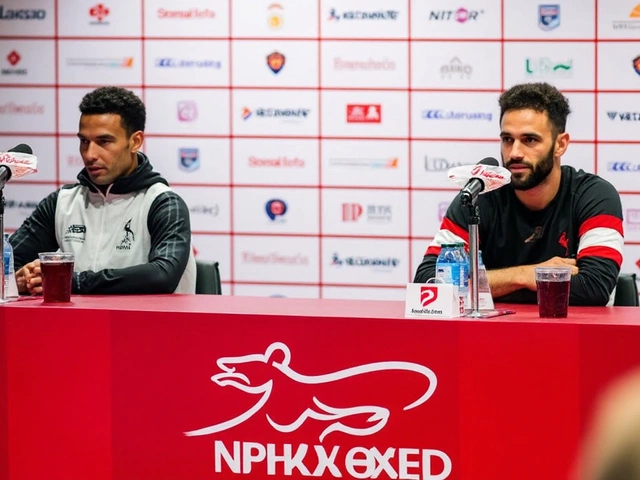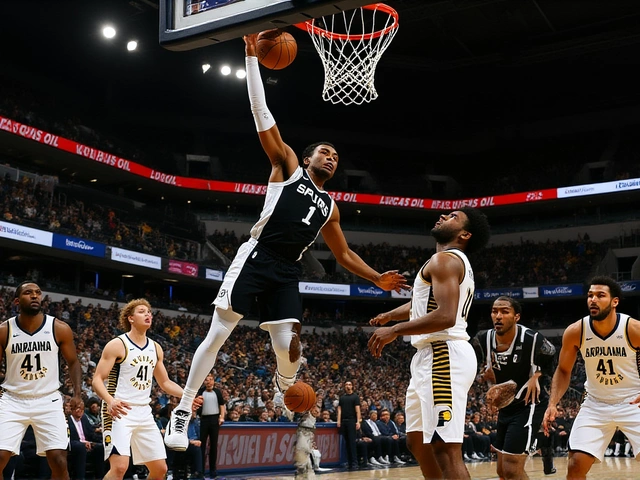Horse Fitness: Simple Ways to Keep Your Ride Strong
If you want your horse to feel great and perform better, start with the basics. A fit horse moves easier, recovers faster, and enjoys training more. The same goes for you – a rider who’s in shape helps the horse stay balanced and relaxed.
Warm‑up and Cool‑down Basics
Every session should begin with a short walk or light trot. Five to ten minutes lets the muscles loosen and the heart rate rise gently. After the main work, bring the horse back down with another easy walk. Skipping these steps can leave tight muscles and increase the risk of injury.
Everyday Conditioning
Think of conditioning as a mix of cardio and strength work. Long, steady rides at a comfortable pace build stamina. Add hill work or short bursts of faster gallops to develop power. For younger horses, keep the work short and increase the time gradually – a 10‑minute trot one week, 12 minutes the next.
Ground exercises are also a win. Lunges, circles, and pole work improve balance and strengthen the hindquarters. You don’t need fancy equipment – a few cones or a rope line work just fine. Aim for two to three short sessions a week, and watch the horse’s confidence grow.
Feeding for Fitness
Food fuels the muscles, so a balanced diet matters. High‑quality hay should be the base, with a modest amount of grain if the horse needs extra calories. Too much grain can cause weight gain and digestive upset, so adjust based on the horse’s workload.
Fresh water is a must. Horses can lose a lot of fluid during a hard ride, so always have clean water available before, during, and after exercise. Adding a pinch of electrolytes in hot weather can help keep the horse’s stamina up.
Rider Fitness Matters Too
What you do off the horse affects what you do on it. Core strength, good posture, and flexible legs let you give clear signals. Simple workouts like planks, squats, and yoga stretches take just a few minutes each day and make a big difference.
Don’t forget cardio. A brisk walk, bike ride, or jog improves your own endurance, so you can keep up with the horse on longer rides without getting winded.
Listening to Your Horse
Every horse shows signs when something’s off. A drop in appetite, a slower gait, or a reluctance to start a routine can signal fatigue or soreness. If you notice any of these, give the horse a rest day and check for injuries.
Regular vet checks and a good farrier schedule keep hooves healthy, which is a foundation for overall fitness. A horse with healthy hooves moves better and avoids strain on the legs.
Putting these simple steps together – proper warm‑up, consistent conditioning, balanced feed, rider fitness, and attentive care – creates a solid horse fitness plan. You’ll see smoother rides, quicker recovery, and a happier partnership in the saddle.
Apple Away Camp Eyes Bold Midlands National Bid with Renewed Confidence
Apple Away camp is set for the Midlands National with boosted confidence, thanks to enhanced horse fitness and strategic race changes. Led by trainer Jane Doe, the team is banking on improved conditioning to continue their regional success despite fierce competition.









